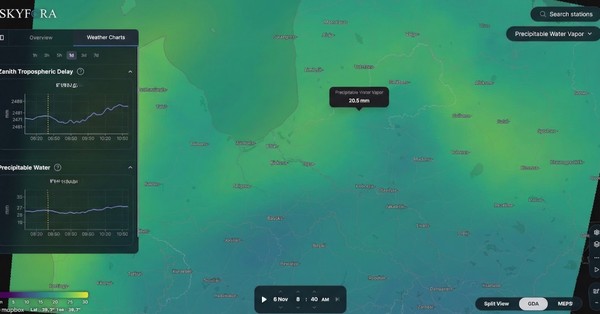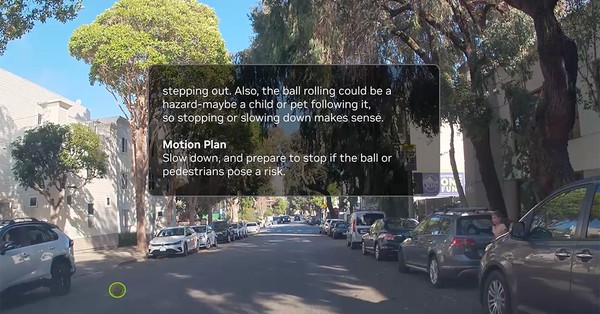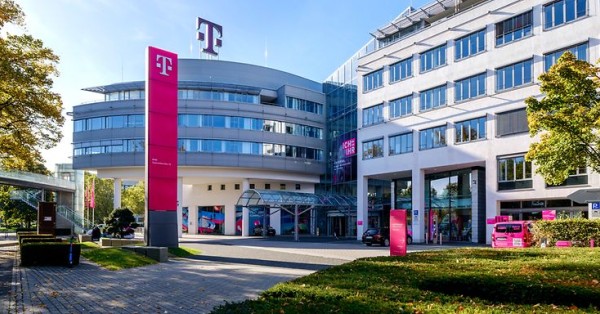While India’s telecom department is all set for 5G rollout, the country’s aviation security regulator, the Directorate General of Civil Aviation (DGCA), has raised concerns over the apparent interference of 5G C-Band spectrum with radio altimeters in airplanes.
The altimeters, besides the 5G telecom companies, function within the C-Band, said the DCGA in a letter written to the telecom division as seen by The Indian Express.
The radio altimeter, or altitude meter, is equipment that provides direct height-above-terrain data to varied plane methods. Hence, using plane operations in plane operations on C-Band will ensure extremely exact measurements of the aircraft’s altitude.
The civil aviation regulator is working in close coordination with the telecom division (DoT) and put forth its concerns over the apparent interference of 5 percent C-Band spectrum with plane radio altimeters, said a senior DoT official.
Another official said that the most fainted alerts are picked from the bottom range within the assigned frequencies in these radio altimeters in order to attain correct results, which will make it possible for the devices to pick up “out-of-band” alerts.
The C-Band spectrum is auctioned at a frequency of 3.3 GHz to 3.6 GHz in India whereas the plane altimeters function on frequencies ranging from 4.2-4.4 GHz. Therefore, there exists a gap of 500 MHz between these two. Observing the concerns raised by DGCA, we are working collectively, a third DoT official mentioned.
Already, considerations have been raised by the US Federal Aviation Administration (FAA) since the US telecom operators started rolling out 5G companies.
Following this, some flights to the US were also cancelled by Air India amid considerations that the 5G rollout would interfere with plane navigation methods. Moreover, the FAA has also issued directives to airways to ensure that 5G doesn’t intervene in the plane’s navigation methods.







































